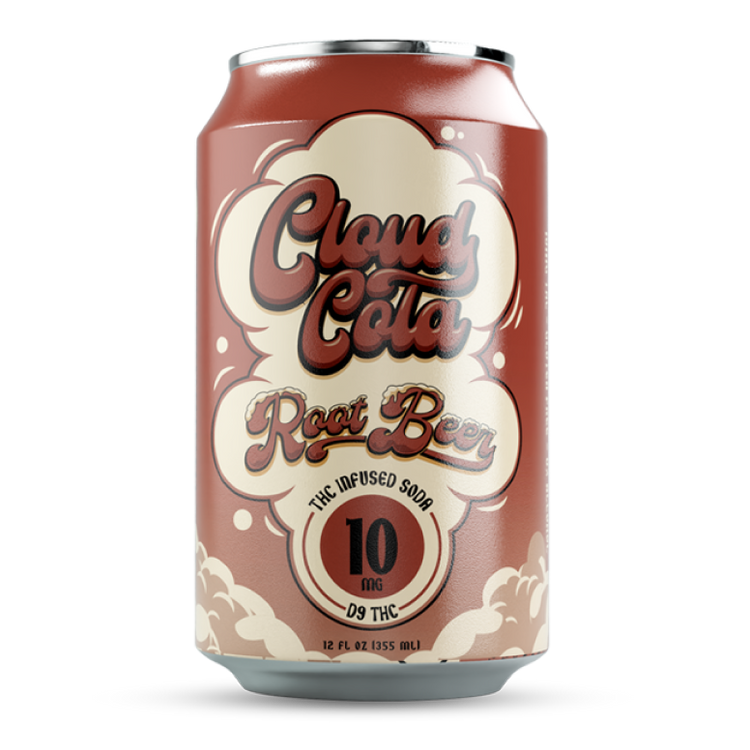The Extraction Process
Crafting THC-infused beverages requires a meticulous process known as extraction, where the desired cannabinoids are separated from the plant material.
Let me know if you’d like help with more paragraphs!
Harvesting and Drying
There are several methods for extracting THC from cannabis, including CO2 extraction, which utilizes pressurized carbon dioxide to dissolve and isolate the cannabinoids, and solvent-based extraction, where solvents like butane or ethanol are used. The resulting extract is then further refined and processed to remove impurities and create a concentrated form of THC.
Once the THC extract is obtained, it’s time to harvest and dry the cannabis plants for other purposes. Harvesting typically occurs when the trichomes, tiny resin glands containing cannabinoids, reach optimal maturity.
After harvesting, the buds are dried carefully to reduce moisture content and preserve their flavor and potency. Proper drying techniques involve maintaining consistent temperature and humidity levels, allowing air circulation, and avoiding direct sunlight.
Extraction Methods: CO2 vs. Solvent-Based
CO2 extraction is considered a highly pure method as it doesn’t leave behind any residual solvents, making it ideal for producing beverages where purity is paramount. Solvent-based extraction, while potentially faster and less expensive, requires careful handling and purification steps to ensure the removal of all solvents from the final product.

The choice between CO2 and solvent-based extraction depends on factors such as cost, desired purity levels, and scale of production.
Purification and Filtration
Following extraction, the concentrated THC undergoes a purification process to remove any remaining plant matter, waxes, or chlorophyll. This can involve filtration techniques like using cheesecloth or specialized filters.
Further refining might include chromatography, a separation technique that uses different chemical affinities to isolate specific compounds, ensuring a pure and potent THC concentrate.
Creating the Soda Base
Creating the soda base is an essential step in crafting delicious and enjoyable THC-infused beverages. This base typically consists of water, sugar or other sweeteners, carbon dioxide for fizz, and flavorings.
Let me know if you need more paragraphs!
Water Selection and Treatment
Water selection plays a crucial role in the final taste and quality of the soda. Using filtered or purified water is essential to avoid any off-flavors or impurities that could negatively impact the beverage.

The water may undergo further treatment, such as reverse osmosis or deionization, to remove minerals and other substances that could interfere with carbonation or flavor profiles.
Once purified, the water is heated to dissolve the sugar or sweeteners, creating a syrup base for the soda.
Adding Flavorings and Sweeteners
Sweeteners can range from traditional cane sugar to alternative options like agave nectar or stevia, depending on taste preferences and desired health benefits.
Natural or artificial flavorings are then added to the sweetened water, contributing to the unique character and appeal of each THC-infused soda.
Flavor profiles can be diverse, encompassing fruity combinations like citrus and berries, classic cola notes, or even more adventurous options such as ginger ale or root beer.
Infusing with THC
Infusing beverages with THC involves a precise process that begins with extracting the cannabinoids from cannabis plants.
Dosage Control and Accuracy
The choice between CO2 and solvent-based extraction depends on factors such as cost, desired purity levels, and scale of production.
- CO2 extraction is considered a highly pure method as it doesn’t leave behind any residual solvents, making it ideal for producing beverages where purity is paramount.
- Solvent-based extraction, while potentially faster and less expensive, requires careful handling and purification steps to ensure the removal of all solvents from the final product.

Solubility Issues and Emulsifiers
One significant challenge in infusing THC into beverages is its limited solubility in water. THC is a lipophilic compound, meaning it dissolves more readily in fats and oils rather than water. This presents a hurdle when trying to evenly distribute the desired dose of THC throughout a liquid beverage.
To overcome this solubility issue, emulsifiers are commonly used. Emulsifiers are substances that can bridge the gap between oil (THC) and water, allowing them to mix and form a stable emulsion. These molecules have both hydrophilic (water-loving) and hydrophobic (oil-loving) parts, enabling them to surround THC molecules and disperse them throughout the water base.
Popular emulsifiers used in THC beverages include lecithin, polysorbates, and vegetable glycerin. They help create a smoother texture and ensure that the THC is evenly distributed, preventing it from clumping or separating over time.
Carbonation and Packaging
Carbonation plays a key role in the refreshing experience of THC soda. The process involves dissolving carbon dioxide gas into the beverage under pressure, creating tiny bubbles that impart the characteristic fizz and tingling sensation.
Packaging is another crucial aspect of producing high-quality THC beverages.
Carbonation Process and Levels
Carbonation levels in THC soda can vary depending on brand preferences and consumer tastes.
- Some brands may opt for a subtle level of carbonation, offering a gentler fizziness.
- Others might aim for a more pronounced level of carbonation, delivering a bolder and more effervescent experience.
- The amount of carbon dioxide dissolved into the beverage directly influences the perceived level of fizz.
Packaging needs to be airtight to maintain the carbonation levels and preserve the freshness of the beverage.
Additionally, packaging materials should be compatible with THC-infused products, ensuring that they don’t interact with the cannabinoids or degrade their quality over time.
Common packaging options for THC soda include aluminum cans and glass bottles.
Packaging Materials and Shelf Life Considerations
Aluminum cans offer lightweight portability and good protection against light and oxygen, which can degrade the THC. Glass bottles provide a more upscale appearance and are often preferred for preserving flavor nuances.
Shelf life is a critical consideration in the production of THC beverages.
Proper packaging and storage conditions are essential to maintain product quality and ensure consumer safety.
The shelf life of THC soda can vary depending on several factors, including the extraction method used, the presence of preservatives, and the storage environment.
Generally, THC beverages have a shorter shelf life compared to non-infused drinks due to the inherent instability of cannabinoids over time.
Storage temperature plays a crucial role in extending shelf life. Cold temperatures help slow down the degradation process.
Most THC soda brands recommend refrigeration after opening and consuming the product within a week or two for optimal quality.
Find Cloud Cola’s premium THC sodas today
- Why CBD Gummies Are A Convenient Way To Get Your Daily Dose Of CBD - November 17, 2025
- What Is The Best Filler For Older Skin? - November 14, 2025
- What Are The Benefits Of CBD Gummies For Healthy Skin And Beauty? - November 13, 2025
